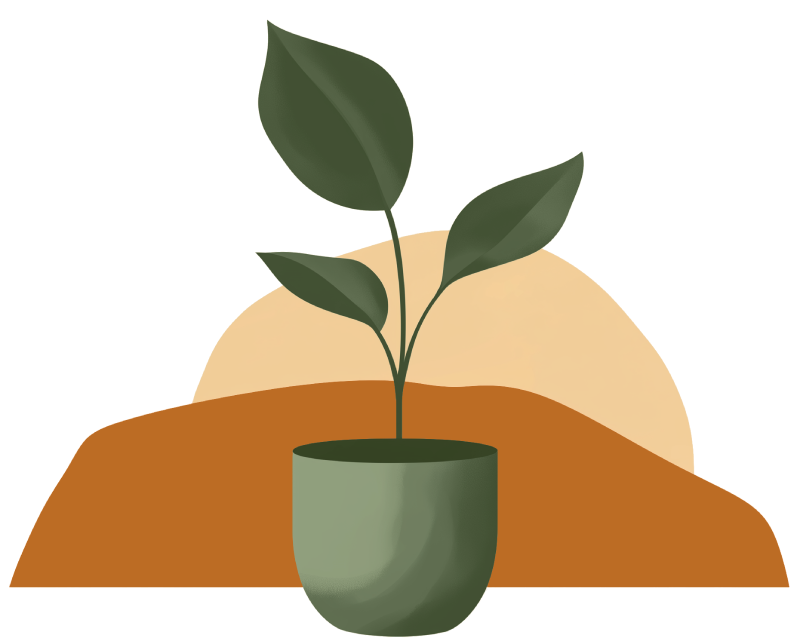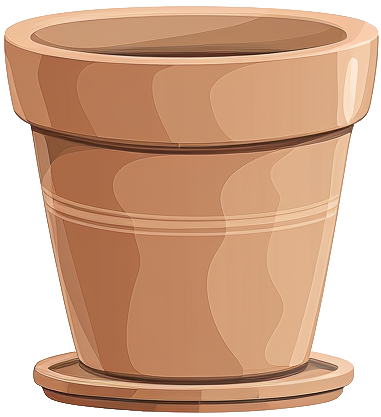- chlorophytum
- saundersiae
- 'starlight'

Have a picture we could use? Help us complete this page!
chlorophytum saundersiae'starlight'
Care level
Easy
Variegation
Central pattern
The Starlight cultivar features distinctive variegated foliage with light yellow-green and creamy-white midribs, complemented by multiple longitudinal stripes running through darker green leaf blades. It produces yellow-green flower stalks bearing golden yellow buds that open into white flowers with yellow tips and bright yellow stamens, though it typically develops non-viable seeds.
Care & maintenance
Light
Bright light, usually located near windows but doesn't receive direct rays for more than an hour during the day.
Temperature
Wide range (50°F - 86°F)
Fertilization frequency
Moderate
Monthly during the growing period.
Soil
Choose a General purpose mix: A versatile blend with excellent water retention and aeration. Provides balanced nutrition and suitable drainage for a wide variety of houseplants.
If you want to create your own substrate, you can make a mixture of the following soils:
Click on the soil name for more information.
Pot

Standard size
Prefer a pot with a classic width/depth ratio.
Incorrect or incomplete information?
In our goal of building the best plant database, we sometimes make mistakes or have incomplete information. You can help us fill these gaps!
Features
Size & growth
Medium
Upright
Moderate growth
This plant grows at a moderate rate. It can reach 1 to 3 feet in height or spread.
It grows upwards without support.
Toxicity
| Cat | |||
|---|---|---|---|
| Dog | |||
| Human |
Reproduction & propagation
Fruits & flowers
Flowering & self-pollinating
The chlorophytum starlight can produce flowers and therefore fruits.
This plant is capable of self-pollination, it does not need another individual to fertilize itself and therefore produce fruits.



